In the world of oral irrigators, compatibility confusion during nozzle replacement is emerging as a silent quality pitfall. While end-users may perceive this as a minor inconvenience, B2B buyers understand its serious implications: customer dissatisfaction, increased return rates, and product line inconsistencies. Understanding the root causes behind mismatched parts and irregular nozzle replacement frequency is key for both manufacturers and brand owners to avoid long-term losses.
At first glance, nozzle replacement should be a straightforward process. However, incompatibility between new nozzles and existing devices—especially across SKUs or production batches—has led to a surge in user complaints. Key contributing factors include:
This type of compatibility confusion often results in users forcing the wrong parts, damaging internal pump mechanisms, or abandoning the device altogether.
The nozzle replacement frequency also acts as a proxy for quality assurance. Ideally, a nozzle should maintain its performance (spray pattern, flow rate, seal integrity) for at least 3 months. However, early wear due to substandard materials, poor ultrasonic bonding, or structural fatigue can:
OEM buyers must demand life-cycle testing data from manufacturers to verify actual durability versus advertised claims.
Repeated nozzle mismatch incidents not only affect usability—they also erode brand trust. From the customer’s point of view, a premium device that “can’t even match its own nozzles” reflects poor quality control. For brand owners, this translates into:
This is particularly dangerous in competitive regions like North America and Europe, where expectations for plug-and-play functionality are high.
Manufacturers and private label partners must collaborate early in the product planning phase to ensure:
By designing with backwards and cross-model compatibility in mind, brands can reduce both consumer errors and post-sales friction.
Some manufacturers are taking innovation further. To reduce compatibility confusion, advanced water flosser models are integrating:
While these features slightly raise unit cost, they significantly increase perceived value, user satisfaction, and customer retention.
At our facility, we ensure every nozzle series undergoes rigorous stress testing—evaluating fitting accuracy, seal performance, and wear patterns over time. More importantly, we’ve adopted cross-generational compatibility policies, so our partners don’t have to redesign packaging or train users for every model iteration. Whether your product line is basic or smart-enabled, we can tailor the nozzle configuration to your brand’s promise.
Inconsistent nozzle replacement frequency and ongoing compatibility confusion are avoidable with forward-thinking design and clear engineering standards. For B2B partners, this isn’t just a user-experience issue—it’s a reputational and operational one. Ensuring seamless nozzle replacement isn’t just good design—it’s good business.
Need help designing a cross-compatible oral irrigator line? Contact us for a consultation and full compatibility audit.
.jpg)
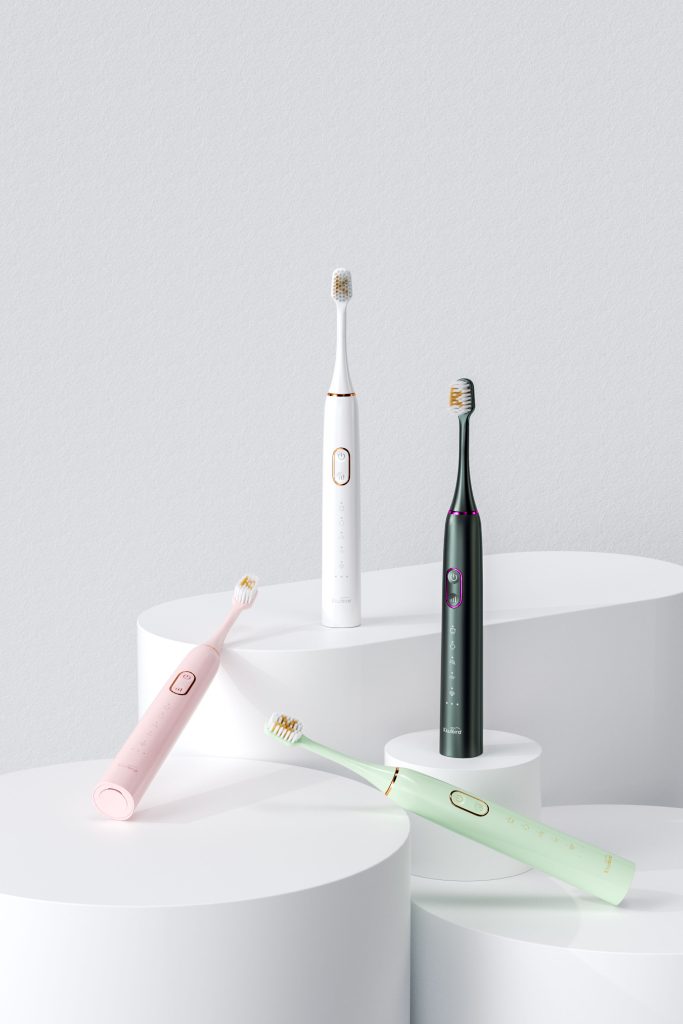
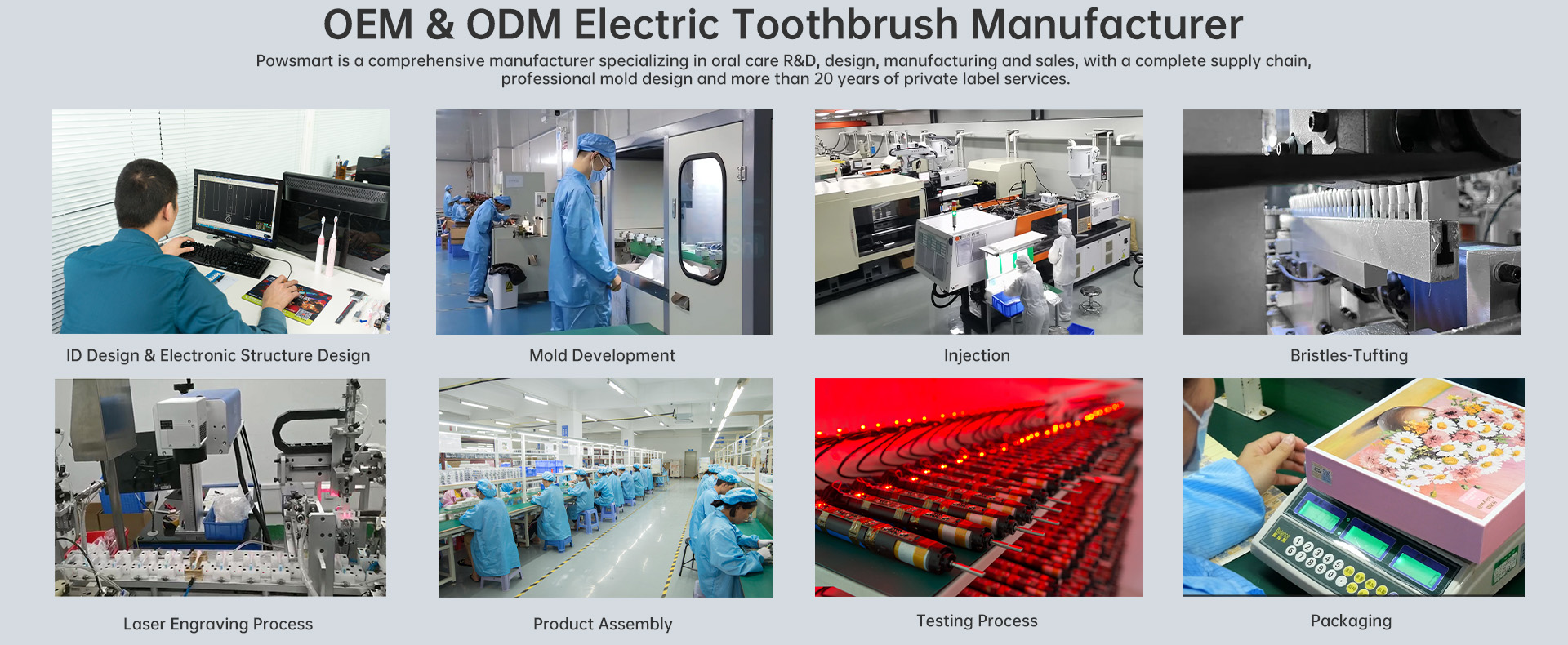
How to Create High-premium Oral Care Products through the Concept of “Treating Yourself Well”?
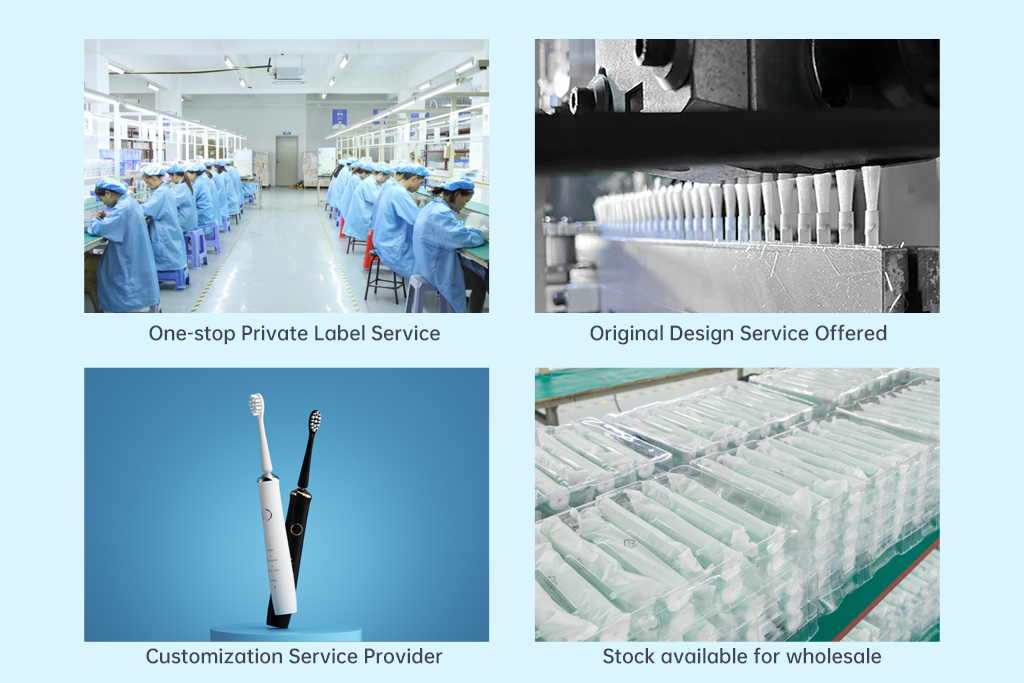
Technique Affecting Periodontal Pocket – How Deep Is the Impact?
.jpg)
Pressure Sensor Toothbrushes: Prevent Over-Brushing with Smart Tech

Antibacterial Water Flosser Technology Trend: The Importance of UV Sterilization for Water Tank Hygiene Assurance
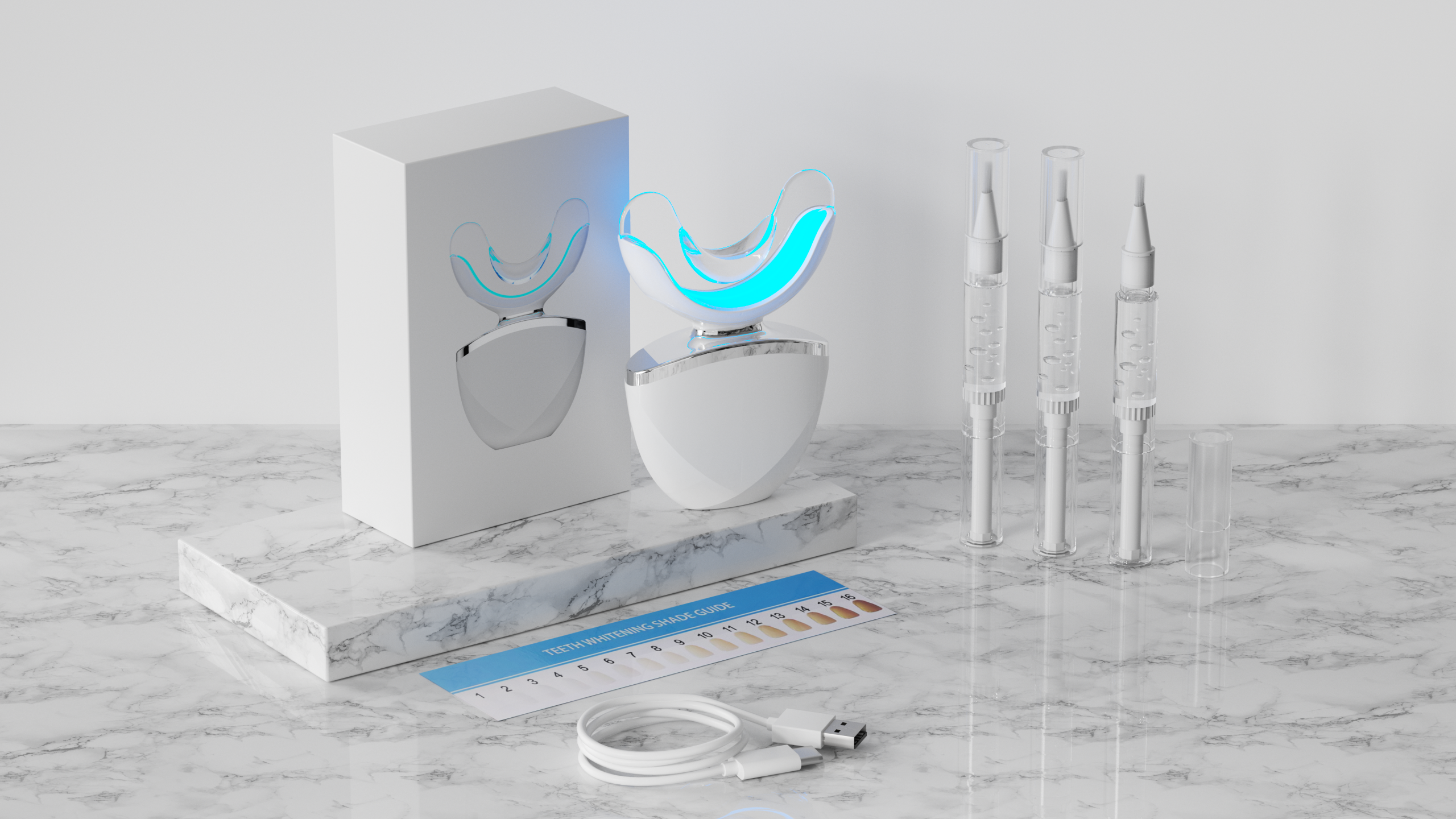
The Market Potential of Teeth Whitening: The Consumer Psychology Behind Annual Growth of Home Teeth Whitening Devices
Are Child safety Electric Toothbrushes Made from Materials?
Are Erratic Brushing Mode confusion and Timers Failing Simultaneously?
.jpg)
Gum Care Electric Toothbrush Manufacturing – Clinically Proven Oral Care

Boost Your OEM Sales: Top Complementary Electric Toothbrush Products for Every User Need
.jpg)
Smart Electric Toothbrush Manufacturing: How to Choose the Best OEM Partner
.jpg)
Does POWSMART Kids Electric Toothbrush Contain Material Toxicity?
Noise Complaints from Handle Corrosion? A Silent Threat Uncovered!
.jpg)
Overbrush Habit Causing Pulp Inflammation – Irreversible?
Travel Lock Failure Triggering Power Surge? The Overlooked Risk in Smart Oral Devices
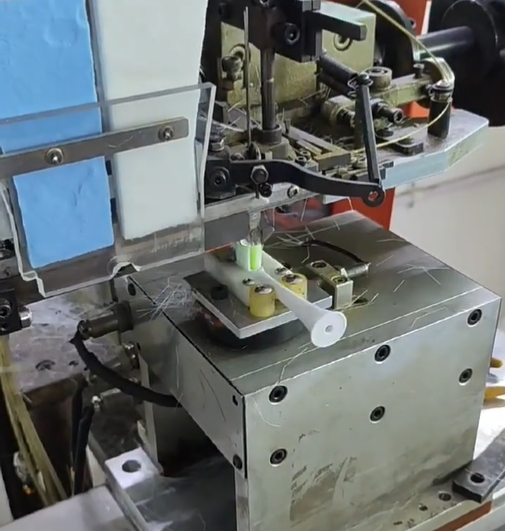
The Science of Electric Toothbrush Bristle Layout: How Do Cross-pattern, Wave-pattern, and Height Difference Affect Cleaning Power?
Does Motor Corrosion Cause App Connectivity Failures?

Electric toothbrush heads Charcoal Infused-Diamond

electric toothbrush heads Ultra Soft

electric toothbrush heads Charcoal Infuse-Round

Private Label Whitening Gel

electric toothbrush heads Deep Clean

Customization Teeth Whitening Gel
.jpg)
Florida Electric Toothbrush – Powsmart PTR-C8

electric toothbrush heads Regular Clean
whstapp
whstapp
National Toll-Free Service Hotline
+86 755 86238638